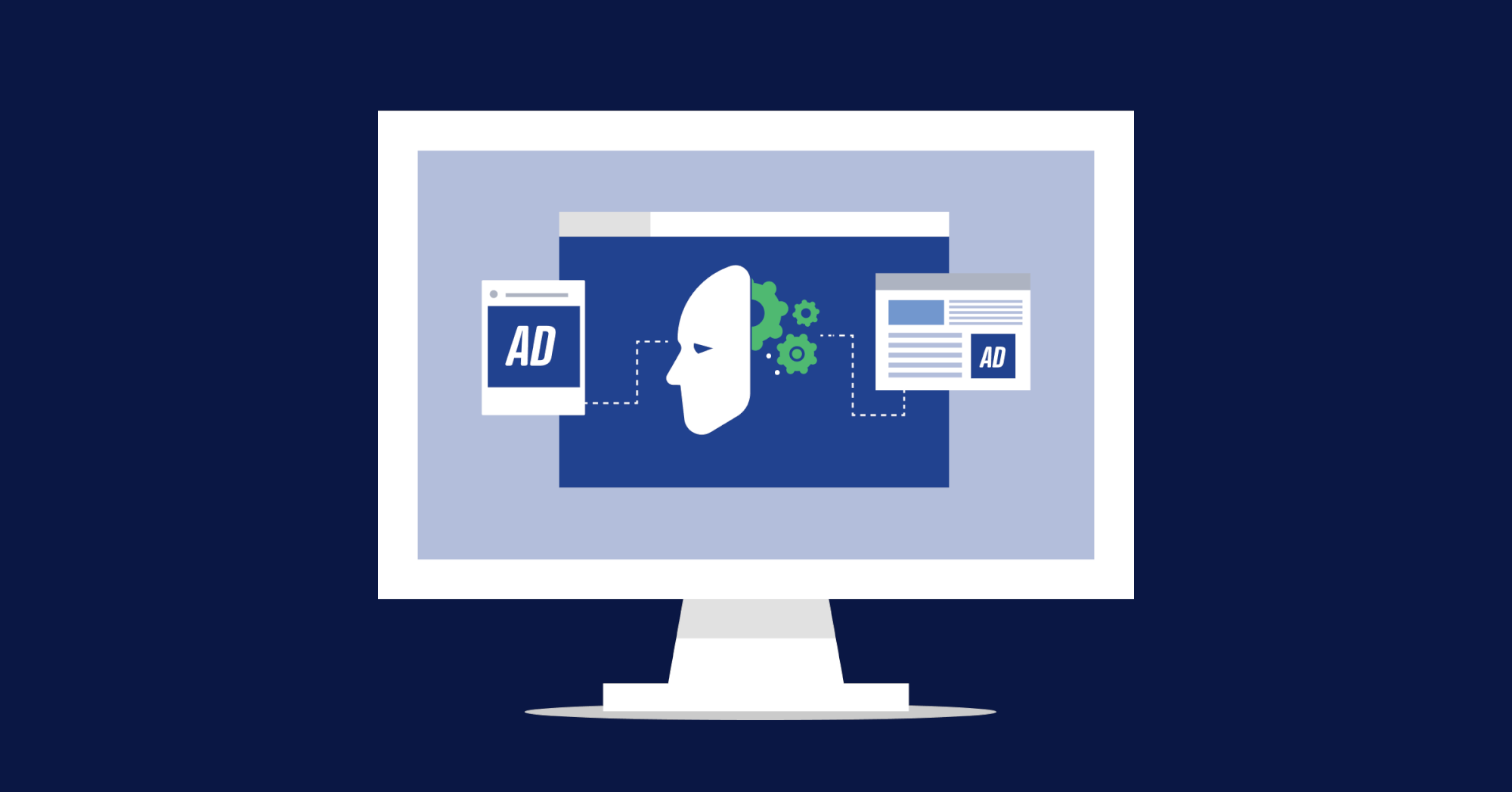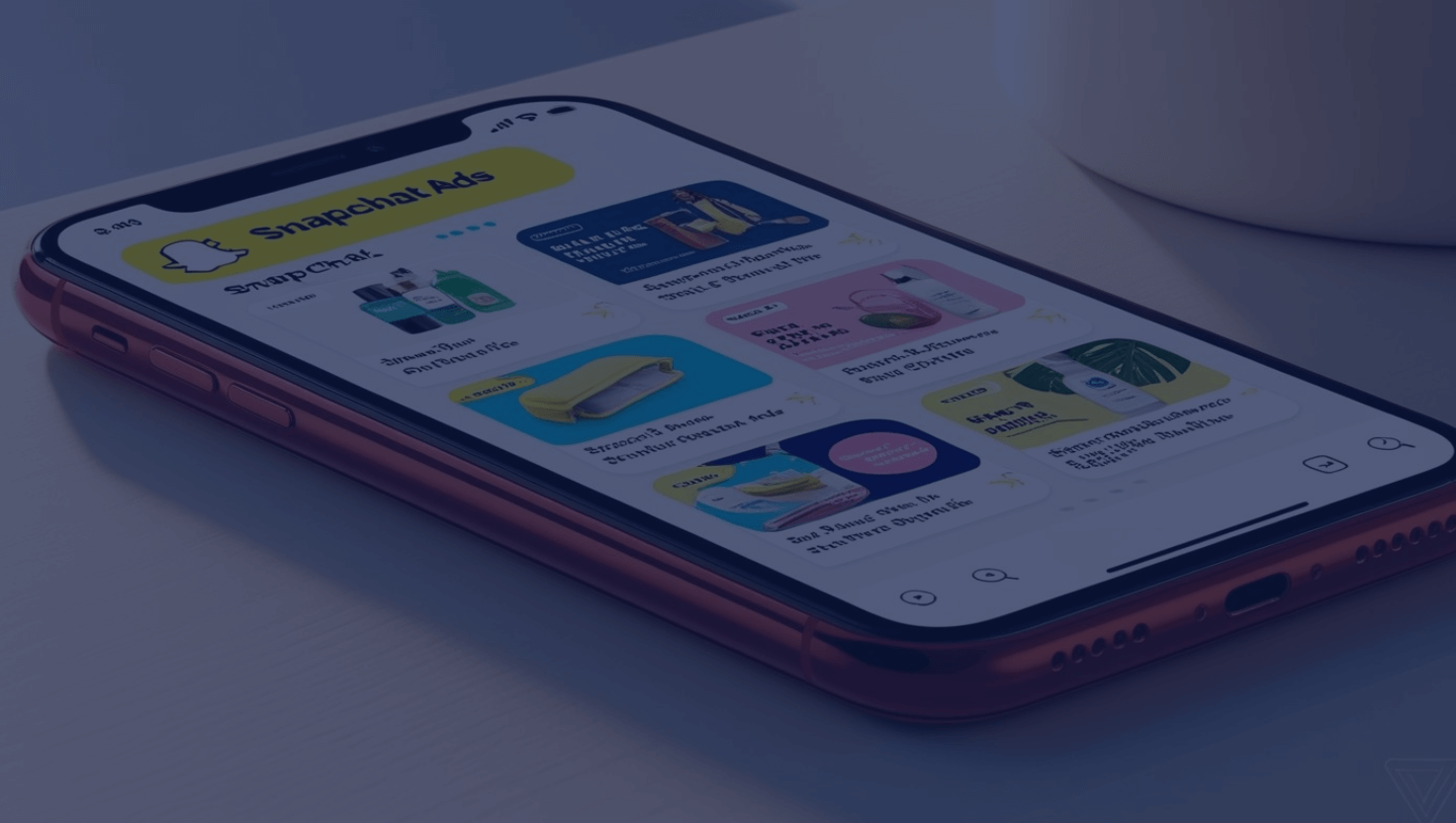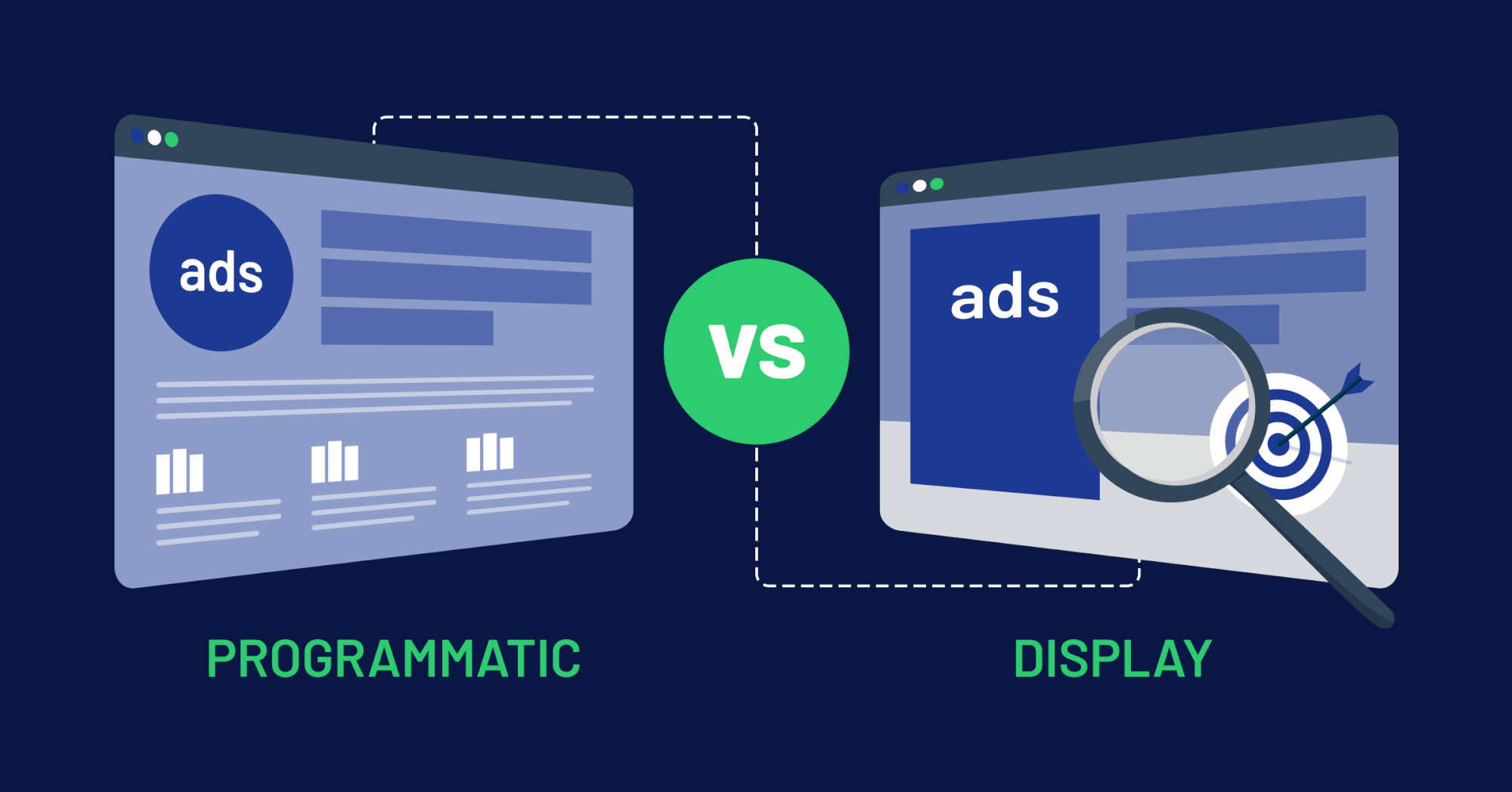
AI-Powered Campaigns Are Taking Over
Artificial intelligence is transforming digital advertising really fast. Major platforms like Google and Meta have introduced powerful tools like Performance Max and Advantage+, designed to automate nearly every aspect of ad buying. Marketers provide budget and goal inputs, and the algorithm determines everything from where to place the ads to how they’re shown—and even who sees them.
This shift promises better performance, faster campaign launches, and reduced manual workload. For small and midsize businesses, it levels the playing field, enabling sophisticated targeting and ad delivery without the need for large in-house media teams. For larger advertisers, it offers the potential to scale efforts more efficiently across platforms.
Performance vs. Transparency: A Growing Trade-Off
But this automation comes at a cost. Many advertisers have raised concerns over the lack of transparency and control within these platforms. These “black box” tools don’t always disclose why or how specific decisions are made—whether it’s targeting criteria, creative adjustments, or placement selection.
Take Google’s Performance Max, for example. While many brands report stronger results in terms of traffic and conversions, they often don’t know where their ads ran or who saw them. Similarly, Meta’s Advantage+ has earned praise for driving sales, but marketers can’t control platform selection (Instagram vs. Facebook), audience exclusions, or how AI may modify ad creatives.
Still, many are using these tools—because they work. Brands like Event Tickets Center and Saxx are spending 20% to 60% of their ad budgets on automated campaigns, citing higher efficiency and more time to focus on strategy and creative testing.
Image created by Canva
The AI Tension: Control vs. Convenience
For agencies and in-house marketers, this creates tension. On one hand, AI tools boost campaign efficiency and reach. On the other, they limit control over brand messaging, targeting, and contextual relevance. Some agencies, like Arm Candy, are advising clients to use AI only in specific cases—where speed and scale outweigh the need for precision and transparency.
Marketers also worry about brand safety. With little ability to choose placements, there’s risk that ads may appear next to unsuitable content or be served to audiences that don’t align with the brand’s values or regulatory requirements. This concern is especially critical for industries with sensitive compliance needs, like alcohol or healthcare.
Smarter Inputs = Better AI Performance
To make the most of these platforms, marketers need to shift from manual campaign managers to strategic data stewards. AI tools are only as good as the data they’re given. Strong first-party data, clearly defined conversion goals, and clean campaign structures can significantly improve AI output.
Advertisers should consider:
- Feeding algorithms high-quality conversion data
- Leveraging audience signals from CRM and site behavior
- Setting exclusions and brand safety controls where possible
- Measuring results holistically across all digital channels
The goal is to empower the algorithm while still maintaining strategic oversight.
Image created by Canva
AI’s Growing Share of Digital Spend
Industry leaders predict that AI tools will soon account for 80% or more of digital media buys. Tech giants are already doubling down—Meta’s CFO reports that adoption of its AI-powered Advantage+ tool is up 70% year over year, and the company expects it to generate $20 billion annually. Google has added new controls to Performance Max, such as allowing advertisers to exclude up to 20,000 sites—but with billions of potential placements online, this still offers limited visibility.
The bottom line? Marketers may not be ready to fully trust the algorithm—but that won’t stop its growth.
Navigating the Future of AI in Advertising
As AI becomes the backbone of digital advertising, marketers face an important choice: resist and fall behind, or adapt and lead. The key is to approach automation with intention—not as a “set it and forget it” solution, but as a performance tool that works best with thoughtful guidance.
At Overdrive, we help brands find the right balance between automation and control. From testing AI-powered tools across platforms to building strategic frameworks that prioritize performance and brand integrity, we help clients get the most out of their digital investments—without losing sight of the bigger picture.
Ready to Make AI Work for You?
AI isn’t just the future of ad buying—it’s the present. But it works best with the right strategy, data, and oversight. Overdrive Interactive partners with forward-thinking brands to harness the power of AI tools while maintaining transparency, accountability, and results.
Let’s talk about how to integrate AI smartly into your marketing mix. Contact us today to start building a more efficient, automated, and impactful media strategy.







